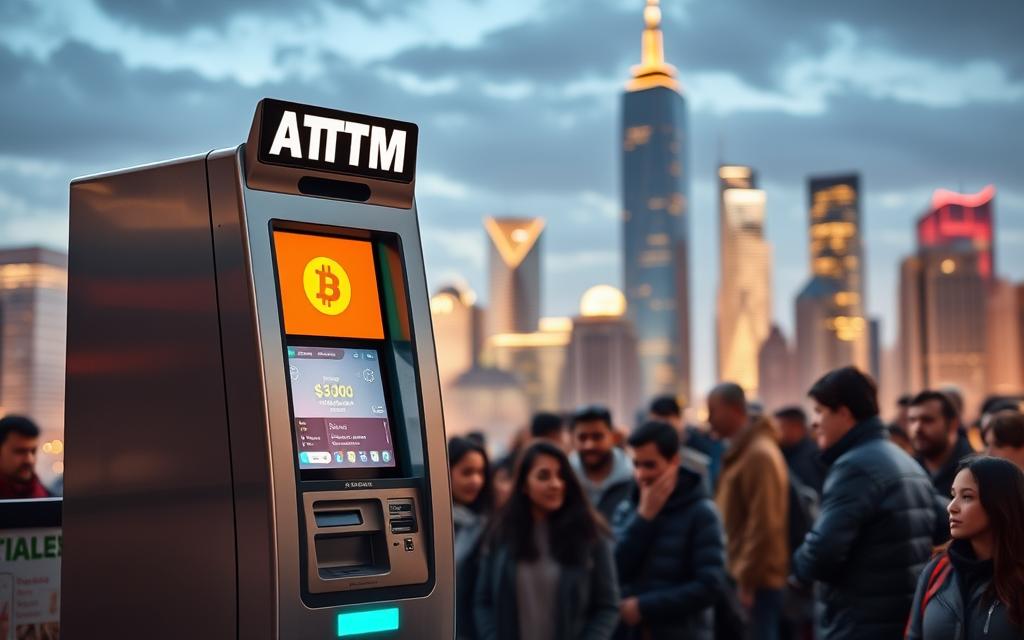Table of Contents
Bitcoin ATMs have emerged as a convenient way for individuals to buy and sell cryptocurrencies. These machines function similarly to traditional ATMs, allowing users to perform transactions using cash or credit/debit cards.
Bitcoin ATMs provide a user-friendly interface, making it easy for beginners to enter the crypto space without requiring extensive technical knowledge. They connect to cryptocurrency exchanges via blockchain technology, enabling users to convert cash to digital currency in minutes.
The number of Bitcoin ATMs has grown significantly since the first machine was installed in Vancouver, Canada in 2013. With over 38,000 machines operating worldwide as of 2024, this comprehensive guide will walk you through using Bitcoin ATMs, from finding one near you to completing your first transaction successfully.
What is a Bitcoin ATM?
Bitcoin ATMs, or BTMs, are revolutionizing the way people access and trade cryptocurrencies. Unlike traditional ATMs that connect to a bank account, BTMs connect directly to a cryptocurrency exchange via blockchain technology. Users can use them to deposit cash and buy Bitcoin or other cryptocurrencies.
Types of Bitcoin ATMs
There are primarily two types of Bitcoin ATMs: one-way and two-way. One-way ATMs allow users to either buy or sell cryptocurrencies, while two-way ATMs enable both buying and selling. Some Bitcoin ATMs are specialized for specific cryptocurrencies, while others support multiple digital currencies.
How Bitcoin ATMs Differ from Regular ATMs
Bitcoin ATMs differ significantly from traditional ATMs in several ways. The key differences are highlighted in the following table:
| Feature | Bitcoin ATMs | Traditional ATMs |
|---|---|---|
| Connection | Connect to cryptocurrency exchanges and blockchain networks | Connect to banking networks |
| Authentication | Use phone verification, QR codes, and sometimes biometric verification | Require a bank card and PIN |
| Transaction Fees | Generally higher, ranging from 7-20% | Nominal fees charged by banks |
| Transaction Type | Facilitate conversion between cash and digital cryptocurrencies | Dispense cash from existing accounts |
| Regulation | Fall under cryptocurrency regulations, complying with KYC and AML | Regulated by banking authorities |
Finding a Bitcoin ATM Near You
The quest for a nearby Bitcoin ATM can be simplified using online directories and apps. With the rise of cryptocurrencies, the number of Bitcoin ATMs has increased significantly, making it easier to find one near you.
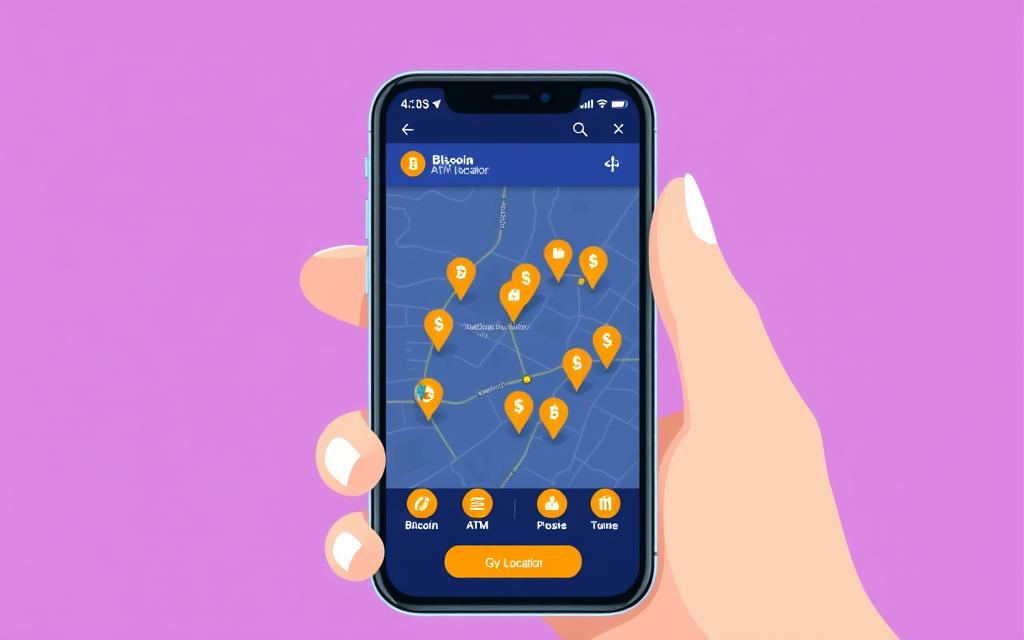
Online Resources and Apps for Locating Bitcoin ATMs
Several online resources and apps can help you locate a Bitcoin ATM. You can visit websites like CoinMe to find a Bitcoin ATM near you. These platforms provide a map view and list of nearby ATMs, along with their operating hours and supported cryptocurrencies.
What to Look for When Choosing a Bitcoin ATM
When selecting a Bitcoin ATM, consider several factors, including transaction fees, verification requirements, and supported cryptocurrencies. Transaction fees for Bitcoin ATMs can range from 7% to 12%, so it’s crucial to check the fee structure before completing a transaction. Additionally, consider the security of the ATM’s location and the user interface.
- Transaction fees can vary significantly between operators.
- Verification requirements differ between machines.
- Check the supported cryptocurrencies.
What You Need Before Using a Bitcoin ATM
Before using a Bitcoin ATM, it’s essential to understand the prerequisites to ensure a smooth transaction. To start, you need to have a digital wallet and comply with identification requirements.
Setting Up a Digital Wallet
To use a Bitcoin ATM, you first need to set up a digital wallet. You can do this by downloading a reputable bitcoin wallet app from your device’s app store. Some popular options include…
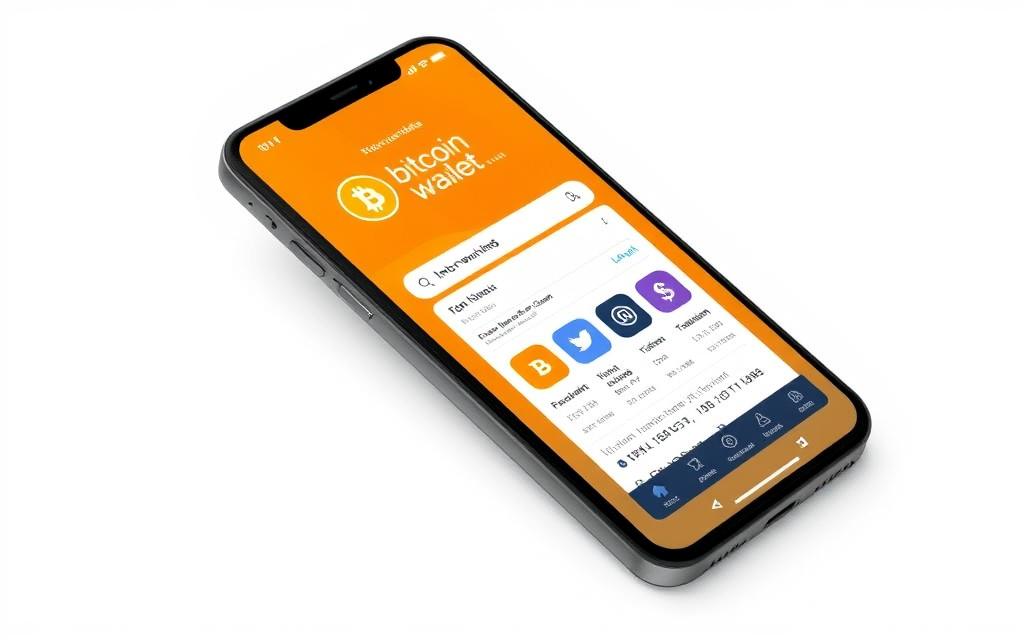
Identification Requirements
Bitcoin ATMs require users to verify their identity to comply with KYC (Know Your Customer) and AML (Anti-Money Laundering) regulations. The level of verification depends on the transaction amount.
- For small transactions (typically under $500-$1,000), phone number verification is often sufficient.
- Medium-sized transactions require basic KYC information, such as scanning a government-issued ID.
- Larger transactions may require enhanced due diligence, including proof of address and detailed personal information.
These requirements help ensure the security and integrity of transactions at Bitcoin ATMs.
How to Use Bitcoin ATM to Buy Cryptocurrency
To buy cryptocurrency using a Bitcoin ATM, follow a straightforward, guided process. This process is designed to be user-friendly, even for those new to cryptocurrency.
Step1: Verification Process
The first step involves verifying your identity. This is a security measure to comply with regulatory requirements. You will typically need to provide a valid government-issued ID and sometimes proof of address.
Step2: Entering Wallet Information
Next, you will need to enter your Bitcoin wallet address. This is where your purchased cryptocurrency will be sent. Ensure that you scan the QR code associated with your wallet or manually enter the address correctly to avoid any errors.

Step3: Inserting Cash and Confirming Transaction
After entering your wallet information, insert the cash into the Bitcoin ATM. Review the transaction details on the screen, including the amount of cryptocurrency you are purchasing and any fees associated with the transaction. Confirm the transaction to proceed.
Step4: Receiving Your Bitcoin
Once the transaction is confirmed, the Bitcoin ATM will send bitcoin to your wallet. You will receive a confirmation of the transaction, including a transaction ID, which you can use to track the status of your purchase on the blockchain. This process usually takes between 10 to 30 minutes, depending on the network congestion.
How to Sell Bitcoin Using an ATM
Bitcoin ATMs provide a user-friendly way to sell your cryptocurrency for cash. The process involves a few straightforward steps.
Initiating a Sell Transaction
To start, select the “Sell” option on the Bitcoin ATM screen. You may need to verify your identity, depending on the ATM’s requirements.
Wallet Verification
Next, you’ll need to provide your Bitcoin wallet information. This usually involves scanning a QR code from your wallet app.
Sending Bitcoin to the ATM
After verifying your wallet, you’ll be prompted to send the desired amount of Bitcoin to the ATM’s address. This is typically done through your wallet app.
Collecting Your Cash
Once the transaction is confirmed on the blockchain, the ATM will dispense the corresponding cash. Some machines may require you to tap a “Redeem” button to receive your cash.
After completing the transaction, ensure you receive the correct amount of cash and a receipt detailing the transaction.
Understanding Bitcoin ATM Fees and Costs
Navigating the world of Bitcoin ATMs requires understanding the fees and charges that come with these transactions. Bitcoin ATM operators charge fees for their services, which can vary widely depending on the machine and its location.
Average Fee Ranges
The average fee for using a Bitcoin ATM can range from 5% to 15% of the transaction amount. Some machines may charge even higher fees, especially for smaller transactions. Using services like Coin ATM Radar can help compare fees across multiple Bitcoin ATMs in your area.
Additional Costs to Consider
Beyond the transaction fees, users should be aware of potential exchange rate markups. Checking the current market price of Bitcoin before using an ATM can help identify excessive markups.
Tips for Minimizing Fees
To minimize fees, consider making larger, less frequent transactions, as many Bitcoin ATMs offer lower percentage fees for higher transaction amounts. Additionally, look for loyalty programs or promotional rates that can result in significant savings. 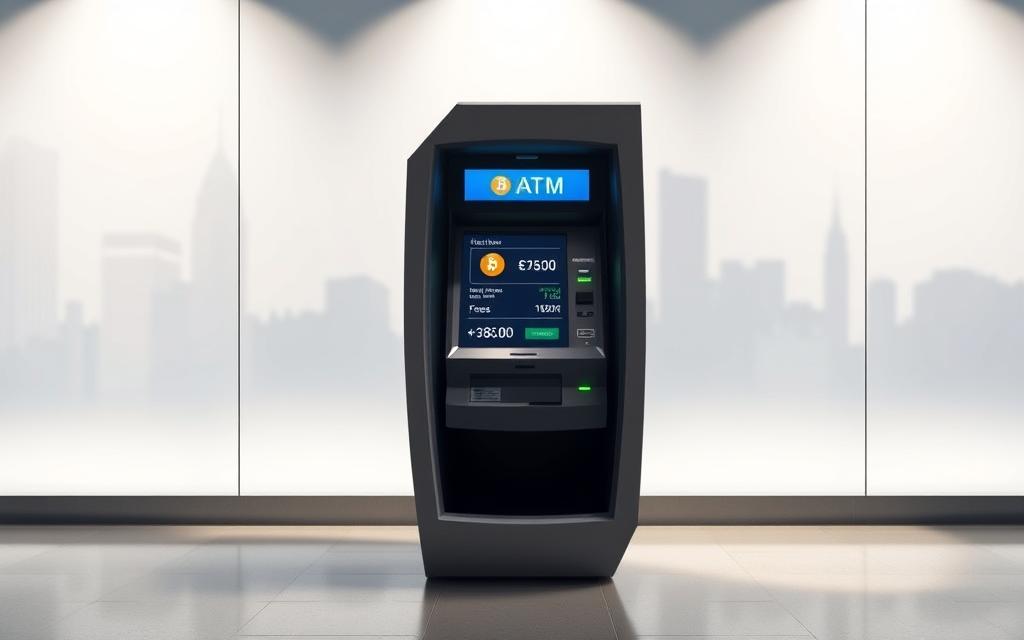
Benefits of Using Bitcoin ATMs
One of the most significant advantages of using Bitcoin ATMs is the instant access they provide to cryptocurrency transactions. This immediacy is crucial for users who need to capitalize on market fluctuations or require quick access to their funds.
Accessibility and Convenience
Bitcoin ATMs offer unparalleled accessibility and convenience, allowing users to buy or sell cryptocurrencies in a straightforward manner. They are often located in public areas, making it easy for users to find and use them.
Privacy Considerations
While Bitcoin transactions are recorded on a public ledger, Bitcoin ATMs provide a level of privacy by allowing users to conduct transactions without necessarily revealing their identities. However, some ATMs may require identification, so it’s essential to choose an ATM that aligns with your privacy needs.
Speed of Transactions
Bitcoin ATMs enable rapid transactions, with the process typically taking just a few minutes. This speed is particularly valuable during volatile market conditions, allowing users to quickly respond to price changes.
| Benefit | Description |
|---|---|
| Instant Access | Immediate access to cryptocurrency transactions |
| Convenience | Straightforward process for buying or selling cryptocurrencies |
| Transaction Speed | Rapid processing of transactions, typically within minutes |
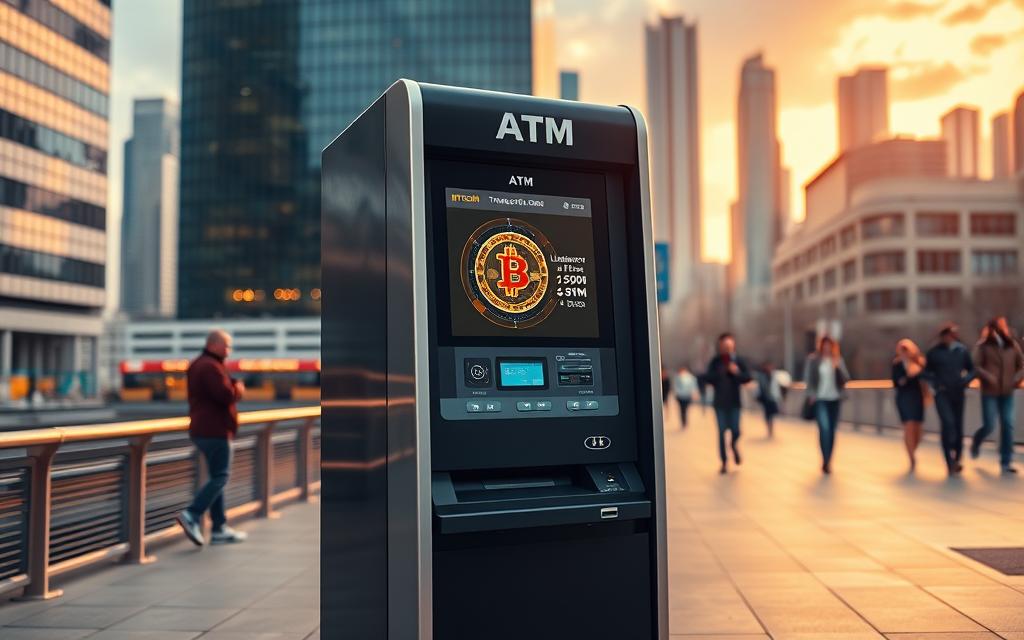
Limitations and Potential Issues
While Bitcoin ATMs offer a convenient way to buy and sell cryptocurrency, there are several limitations and potential issues to be aware of. Understanding these factors can help users navigate the process more effectively.
Higher Transaction Fees
One of the significant limitations of using Bitcoin ATMs is the higher transaction fees compared to online exchanges. These fees can range from 5% to 15% of the transaction amount, making it a costly option for buying or selling Bitcoin. Users should factor these fees into their transactions to avoid unexpected costs.
Transaction Limits
Bitcoin ATMs often have transaction limits, which can vary significantly depending on the machine and the operator. These limits can range from a few hundred to several thousand dollars. It’s essential for users to check the limits before initiating a transaction to ensure they can complete their intended transaction.
Common Technical Problems
Technical issues can arise when using Bitcoin ATMs, including network connectivity problems, cash handling malfunctions, and QR code scanning difficulties. Users may also encounter SMS verification failures or software glitches. Being aware of these potential issues can help users troubleshoot problems more effectively.
| Technical Issue | Description |
|---|---|
| Network Connectivity | Poor internet connection can interrupt transactions or prevent the machine from connecting to the blockchain. |
| Cash Handling | Malfunctioning cash handling mechanisms can result in bills being rejected or inaccurate counting. |
| QR Code Scanning | Difficulties in scanning QR codes can occur due to screen glare, low brightness, or scanner malfunctions. |
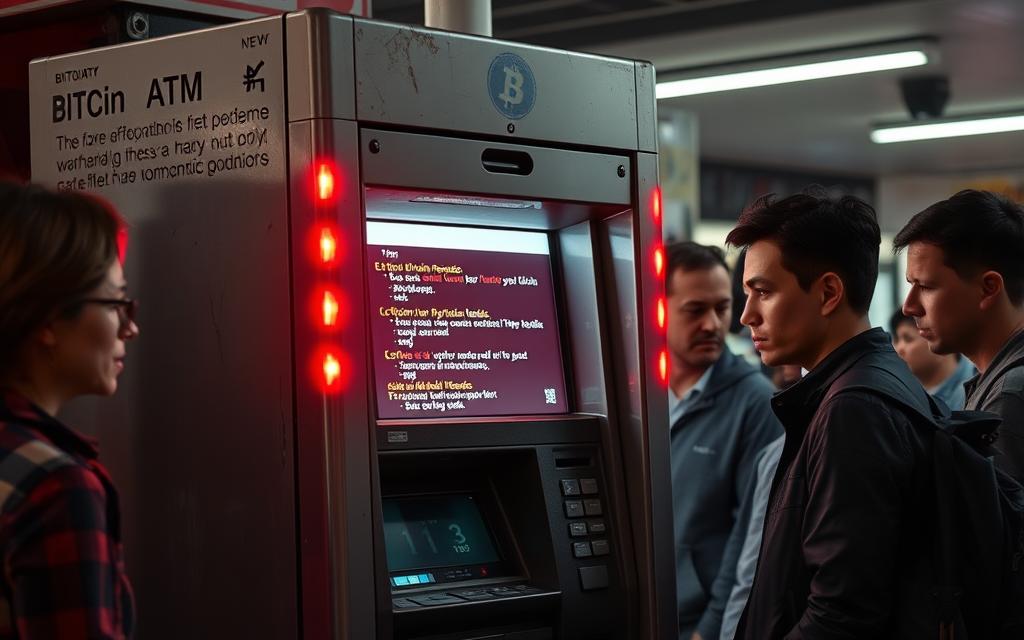
Conclusion
As the world of cryptocurrency continues to evolve, Bitcoin ATMs have emerged as a vital link between traditional financial systems and digital currency. They offer a straightforward and efficient means of buying and selling Bitcoin, making it easier for individuals to engage with cryptocurrency. By understanding how to use Bitcoin ATMs effectively, users can navigate the complex world of digital currency with confidence.
The benefits of using Bitcoin ATMs include immediate access, convenience, and enhanced privacy. However, it’s essential to be mindful of their limitations, such as higher fees and availability issues. As the Bitcoin ATM network continues to expand globally, accessibility will improve, and competition may drive innovations and potentially more competitive fee structures.
FAQ
What is the minimum and maximum amount I can buy or sell using a Bitcoin ATM?
The minimum and maximum amounts vary depending on the specific Bitcoin ATM and its operator. Typically, the limits range from 0 to ,000 or more per transaction.
Are Bitcoin ATMs secure to use?
Most Bitcoin ATMs are secure, but it’s essential to choose a reputable operator and follow proper safety protocols, such as verifying the ATM’s authenticity and being cautious when entering sensitive information.
Can I use a debit or credit card to buy cryptocurrency at a Bitcoin ATM?
Some Bitcoin ATMs support card transactions, but most require cash. It’s best to check the ATM’s capabilities before attempting a transaction.
How long does a Bitcoin ATM transaction take to process?
Transactions are typically processed within a few minutes, but the exact time may vary depending on the ATM, network congestion, and the cryptocurrency being transacted.
What happens if I enter the wrong wallet address at a Bitcoin ATM?
If you enter an incorrect wallet address, the transaction may be sent to the wrong recipient. It’s crucial to double-check the address before confirming the transaction.
Can I cancel a Bitcoin ATM transaction?
In most cases, Bitcoin ATM transactions are irreversible. If you need to cancel a transaction, contact the ATM operator’s support team for assistance.
Are there any additional fees associated with using a Bitcoin ATM?
Yes, some Bitcoin ATMs charge additional fees, such as exchange rate fees or service fees. Be sure to review the ATM’s fee structure before completing a transaction.
How do I know if a Bitcoin ATM is legitimate?
Research the ATM operator, check online reviews, and verify the ATM’s authenticity by looking for signs of tampering or suspicious activity.


